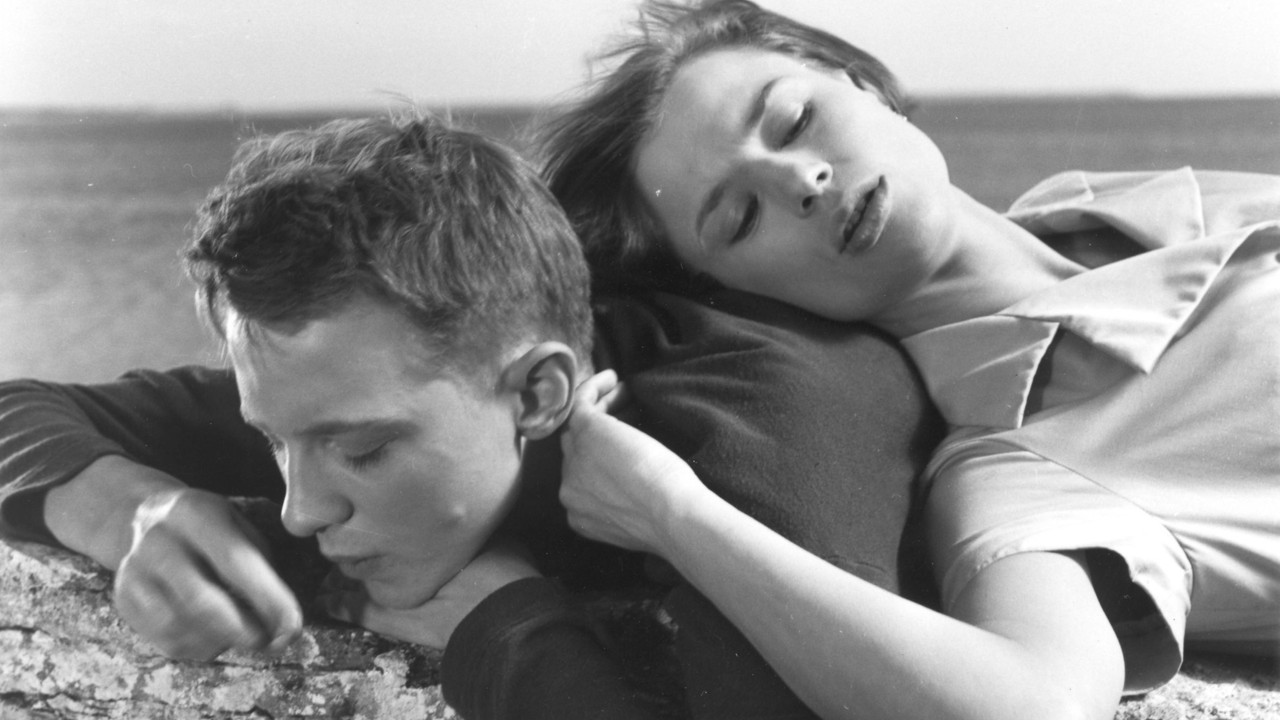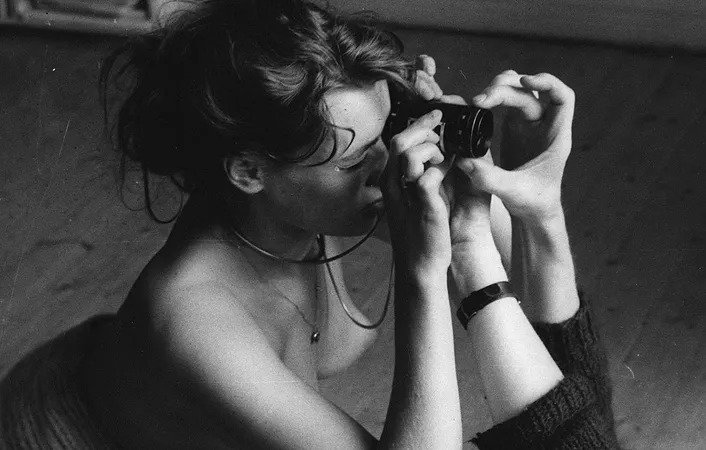
The movie is entirely built upon Keve, a successful movie director. He has a conveniently located cabin in the Kåseberga area on Österlen in Skåne, a beautiful wife, Ann-Marie, and daughter, Nina. All things considered, he should be happy but instead he feels unharmonical, lonely and disoriented.
Intellectually stimulating and emotionally charming piece on the deadends of artistic creativity forms the centre of the film.


This is a comedy about people who work in the theater, live for the theater, think of nothing but the theater. The director seems crazy, the art director has idiotic ideas, and the acting coach is eccentric.
It’s the film that the Swedish prime minister Olof Palme saw the night of his murder. He was even offered a part in it, as the boss of the opera house, but declined because of time restraints on a head of government.
Richard Brody in his depiction of Bergman said that accepting ridicule is essential to understanding a Bergman film. Perhaps a snippet of this can be found in his wish to title his daughter’s book as – ”Laid & Slayed in Eldorado”. The swede cinema behemoth wore many hats, he also was an ardent and passionate follower of theatre and arts. His films may look gloomy and dark to the common eye but the thread linking all his works is one of redemptive love. Bergman was and still is considered austere, then again the playfulness exhibited in miles of a Summer Night (1955), and the sensuality of many of his key works, including Persona (1966) and Cries & Whispers (1972) contradicts that idea. Above all Ingmar Bergman is, as Woody Allen once said – “probably the greatest film artist, all things considered, since the invention of the motion picture camera”